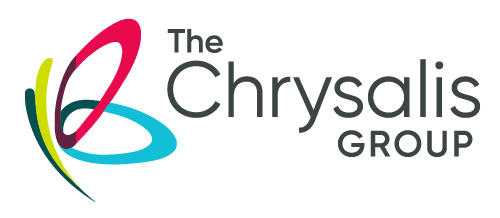AAC Awareness Month ~ Uniting all Voices
What is AAC Awareness Month?
AAC Awareness Month happens every October. It’s a time when people and organisations shine a light on AAC to:
Help more people understand what AAC is.
Celebrate people who use AAC to communicate.
Share the latest tools and technologies in AAC.
The ultimate goal is to make more people aware of AAC and to create supportive communities for AAC users.
What is AAC?
AAC is a broad term used to describe various communication methods. AAC methods and tools can be customised to meet the specific needs of individuals so they can express themselves effectively. This can include (but is not limited to)
Communication Boards: These can be physical boards or digital apps that contain pictures, symbols, or words that individuals can point to or select to communicate their thoughts or needs.
Picture Exchange Systems (PECS): PECS involve using picture cards to create sentences or convey messages. Individuals can hand the picture card to their communication partner to communicate.
Sign Language: Sign language is used for individuals who are deaf or have hearing impairments.
Eye Gaze Technology: This technology allows individuals to communicate by tracking their eye movements. They can select symbols or words displayed on a screen by looking at them.
Picture and Symbol Libraries: Various libraries of images and symbols are available to create communication boards, books, or other AAC resources.
Visual Schedules: Visual schedules use images or symbols to help individuals understand and follow a routine or plan for the day.
"Communication is a fundamental human right. AAC empowers individuals to exercise that right."
5 Suggestions for Modelling Without Expectation
Gain Attention: Before communicating make sure attention is established.
Individualised Language: Use language that is appropriate to the individual. Understand their communication style, this can look like using 2-3 words or short sentences etc
Embrace Mistakes: Acknowledging that mistakes are a part of the learning process in modelling AAC use and in life.
Explore the AAC System: AAC devices can offer vocabulary sets and images. Demonstrate how to navigate through various folders and pages, allowing the individual and the support team to observe/explore the system.
Individual Learning Process: Keep information client-focused and maintain AAC modelling even if the individual takes time to initiate the use of their AAC system.
“The goal of AAC use is not to force communication or compliance, it is to teach and encourage communication.”

